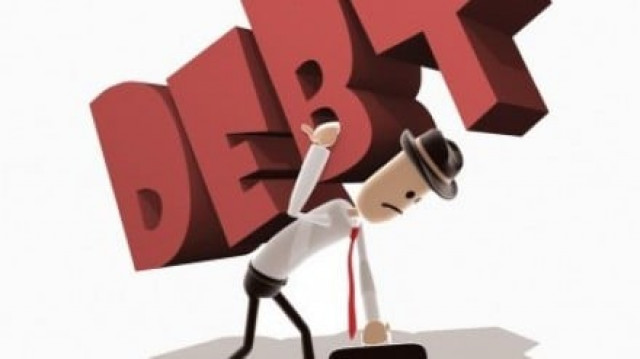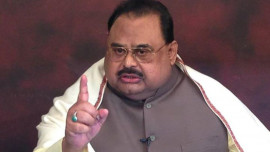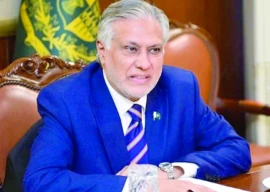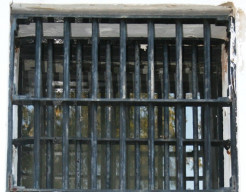
In its three years in office, Prime Minister Yousaf Raza Gilani’s administration has managed to increase the government’s debt by 88% to Rs11.3 trillion, bringing the average debt burden to approximately Rs64,000 for every Pakistani.
The breakdown of national debt figures was released on Friday during a hearing of the economic affairs division (EAD) of the National Assembly, where the finance ministry’s economic affairs division presented data on the extent of Pakistan’s debt problem.
Contrary to common perception, the majority of the national debt, as well as the bulk of interest payments, are made on debt denominated in Pakistani rupees and held by local financial institutions as well as other institutional investors, as opposed to debt owed to foreign entities.
About Rs6.1 trillion is owed to local lenders, compared to Rs5.2 trillion ($60.1 billion) owed to foreign institutions and governments, bringing the total to Rs11.3 trillion. The interest payments on foreign debt are far lower – due to lower interest rates – than on local debt.
“A majority of the external debt is concessional, with an average interest rate of 2%,” said EAD Secretary Wajid Rana. Of the total external debt, about $31.5 billion is on concessional rates.
Rana added that the government paid $2 billion in principal on the external debt as well as $883 million in interest during the fiscal year ending June 30, 2011.
However, the government also received over $2 billion more in new loans from international lenders. In addition, it signed new loan agreements worth $2.6 billion with foreign lenders.
Out of $60.1 billion in foreign debt, Pakistan owes $25.3 billion to multilateral development institutions such as the World Bank, the Asian Development Bank and the Islamic Development Bank. It owes $18 billion in direct bilateral loans from foreign governments. Islamabad has so far borrowed $8.9 billion from the International Monetary Fund and has floated bonds worth $1.6 billion in international debt markets. The private sector has also borrowed $3.9 billion against government guarantees.
Yet the bulk of the problem remains local debt, which is larger, costlier and more short-term – meaning the government has to pay far more in interest payments and those payments keep rising as the government uses newer, more expensive debt to pay off older, cheaper debt (from times when interest rates were lower).
As much as 53% of the domestic debt is short-term. In fiscal year 2011 alone, the government borrowed Rs1.7 trillion to repay maturing debt.
As of May 31, the government has obtained 50% of the domestic borrowing (Rs3.2 trillion) from local banks, of which Rs1.8 trillion was from commercial banks and Rs1.3 trillion from the State Bank of Pakistan. It has also borrowed Rs2.7 trillion from non-bank channels through treasury bills and national saving schemes.
Published in The Express Tribune, July 9th, 2011.


















COMMENTS
Comments are moderated and generally will be posted if they are on-topic and not abusive.
For more information, please see our Comments FAQ